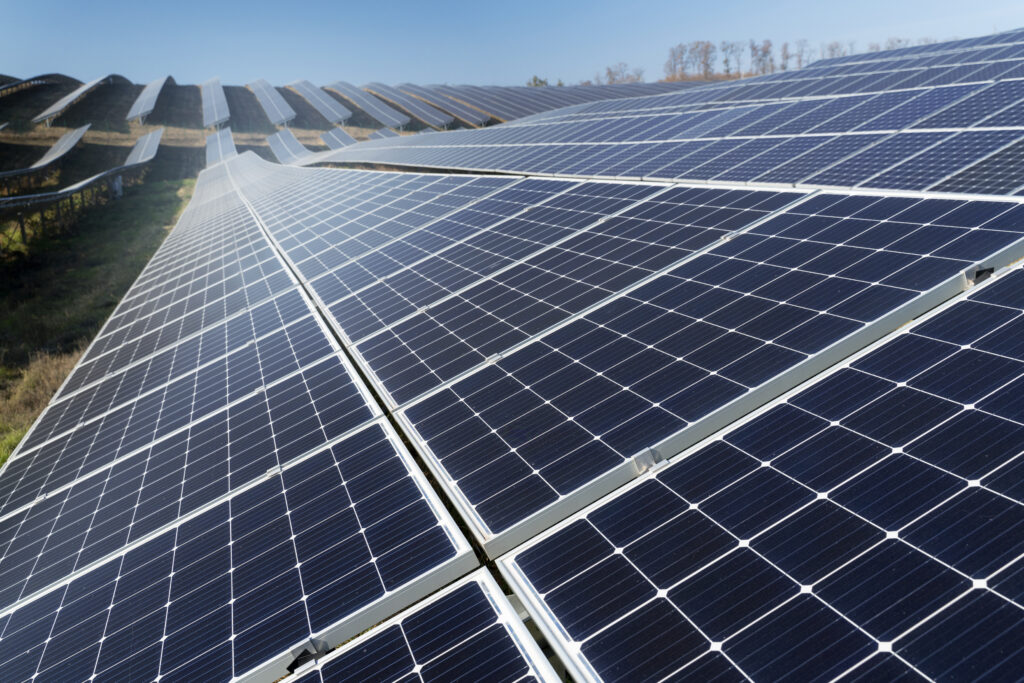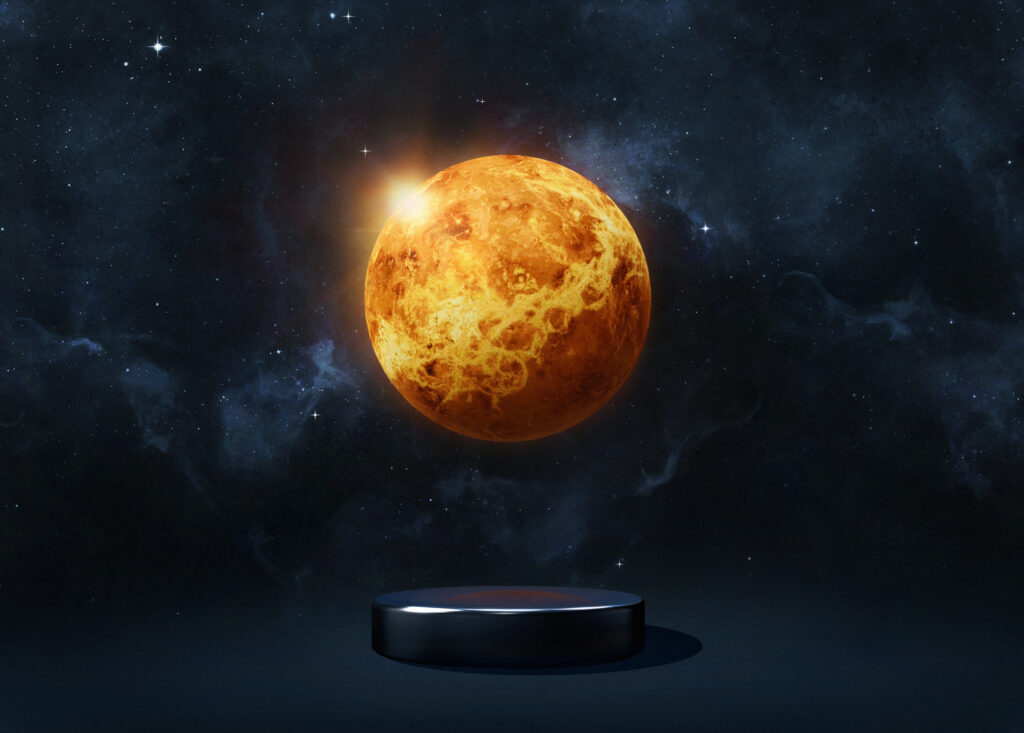Rising temperatures, melting ice caps, and deteriorating green cover are major concerns of today’s time. Global warming and its detrimental impacts on our planet have compelled the scientific community to urge the population at large to curb its carbon footprints. One of the primary contributing factors to this tragic state of our planet is our over-dependence on fossil fuels for energy requirements. That’s the reason more and more researches in recent years have been focused on finding alternative means of energy production (more importantly renewable). Solar cells still seem to be the most viable alternative, owing to the limitless supply of solar radiation. However, there have been several roadblocks in developing more efficient solar cells.
A Recent Study Could Pave the Way For More Efficient Solar Cells
Although, there are highly advanced solar cells that are possibly at the limit of the highest theoretical efficiency. But scientists may have found a way to break this barrier and improve solar cell efficiency further. Physicists from the University of Utah and Helmholtz-Zentrum Berlin have found a breakthrough to make solar cells even better.
Scientists measured the tiny fluctuations in the electric current flowing between materials in a solar cell made of silicon through a technique known as cross-correlation noise spectroscopy. What they found were previously unidentified noise signals. The interesting thing about them was, these noise signals were completely invisible to any noise measuring method previously employed. Furthermore, scientists were also able to identify the reason behind the noise signals. You should note that these noise signals often contribute to loss in energy and, therefore, lower the solar cell’s efficiency.
New Solar Cell Improvement Will save Billions of Dollars
The research was published in Scientific Reports journal and emphasized the new tool in analyzing efficiencies and creating higher efficiency solar cells. The report’s co-author Klaus Lips, professor of physics at Freie Universität Berlin and department head at Helmholtz-Zentrum Berlin, says,
“It’s surprising how important tiny improvements in efficiency are for the industry. Just a fraction of a percent improvement translates into billions of dollars because of the scale of production.”
One additional benefit of the technique is that its applications are not limited to solar cells only. Any device with a layered interface faces the same efficiency issue, as these layers diminish the efficiency to some extent. However, it’s hard to point out what’s causing it. But with this technique now, it’s possible.



